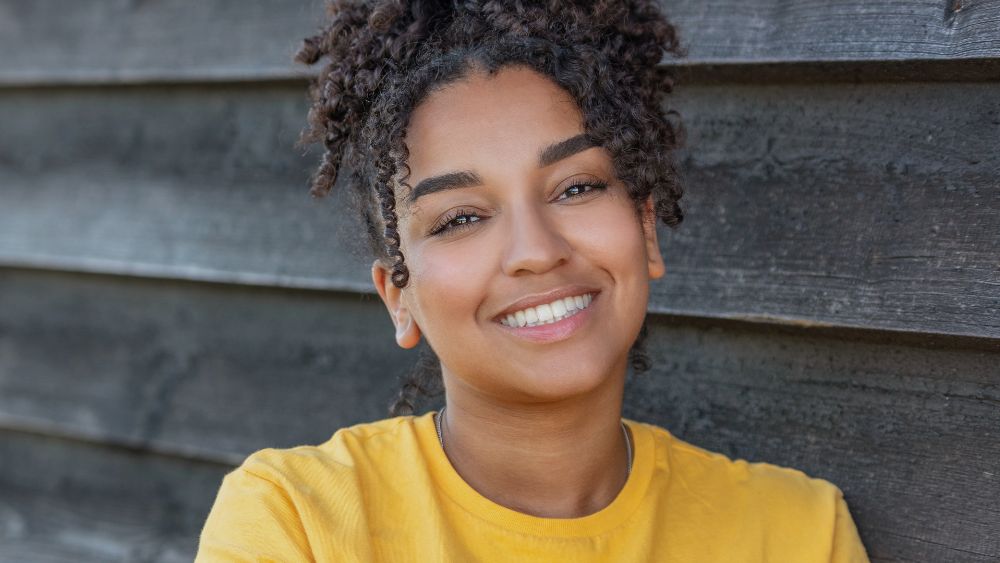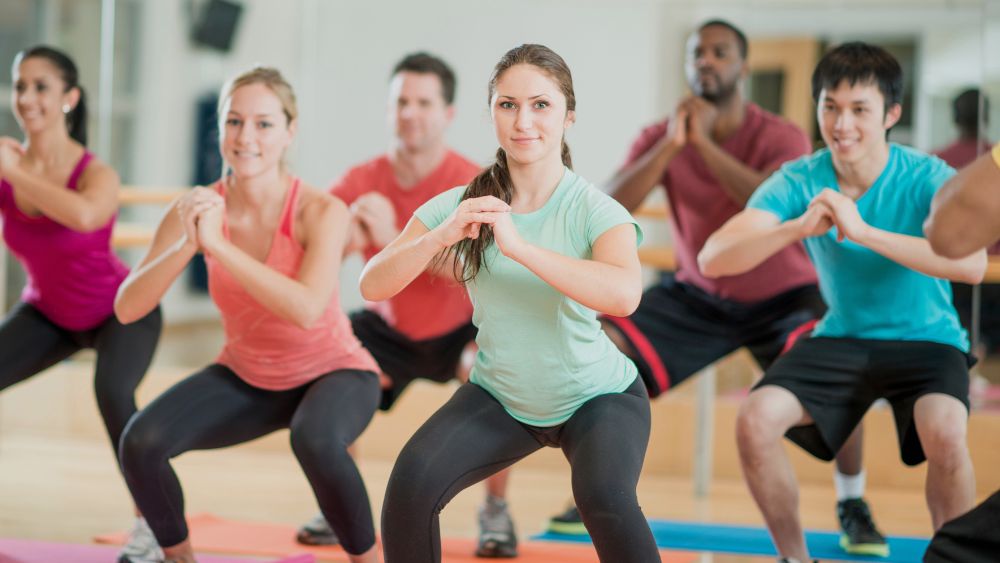Active Kids Are Happy Kids
Kids need even more activity than adults in their lives to stay healthy. While adults need 22 minutes of moderate or vigorous activity per day, kids aged 5-18 should be getting 60 minutes each day.
But in a world filled with screens and sedentary temptations, getting kids to be active can sometimes feel like an uphill battle. As parents and caregivers, we all desire the best for our children's physical and mental well-being. But amidst the allure of digital distractions, how do we inspire our young ones to embrace a lifestyle that celebrates movement and adventure?
Here are some creative ideas and practical tips that will help transform our couch potatoes into enthusiastic and active explorers.
STAYING YOUNG
“We don’t stop playing because we grow old; we grow old because we stop playing.”
- George Bernard Shaw
What Kids Should Do
Children and young people need to do aerobic exercise and exercises to strengthen their muscles and bones each week. Children and young people aged 5 to 18 should:
- aim for an average of at least 60 minutes of moderate or vigorous intensity physical activity a day across the week
- take part in a variety of types and intensities of physical activity across the week to develop movement skills, muscles and bones
- reduce the time spent sitting or lying down and break up long periods of not moving with some activity.
What Adults Should Do
Children learn the habits of their parents and carers. If you set a good example and they are more likely to follow you. Let them see you being active, and show how much you enjoy it and feel better for it.
It's a good idea to let them try lots of different things and see what they enjoy doing - which will likely change over time. They may have different interests to you, so accept that and let them find their own interests. Just remember that any activity is beneficial, so give them plenty of encouragement for their efforts.
Short and Snappy
Prior to puberty, kids can't sustain activity and exercise for long. The most beneficial type of exercise for children is high-intensity and in short bursts. Think about kids playing tag. They run hard, then stop to get their breathe back and repeat over and over again.
This is why when children challenge each other to a race, it is often a short sprint and almost never a distance run.
Obstacle Courses & Races
Try getting the young people to set up a mini obstacle course in the house or garden. Encourage them to get as creative as they can with the course.
Kids love races but they can often lead to arguments. Instead of racing each other at the same time, try timing them one at a time. That way it becomes less competitive and more about trying to improve their time.
You can make things less competitive by having a timed team relay race. This makes it about the team time, rather than one child's individual performance. They'll be cheering each other on, rather than trying to beat each other.
Dance Party
Most kids love music and dancing. Have dance parties at home where they can groove to their favourite music. If choosing songs might cause friction, create a playlist of songs in advance and add more songs over time. Many kids like structure, so having a dance party at a regular time each week can be a good idea - Friday Night Disco?
You could also help them try games like Just Dance or get them to follow Just Dance videos on YouTube.
Swings & Roundabouts
You might have been a million times, but don't forget how much kids love playgrounds - especially ones they've not visited before.
Perhaps try some new locations and think about getting there in an active way rather than going in the car. Getting the young people to walk, scoot or cycle is much better for them.
Gamify It
Kids love a challenge and encouraging them to set up things like tug of war, hopscotch, obstacle courses, treasure hunts and limbo competitions can be great at keeping them busy and moving.
Fitbits can be good motivator for some kids, with step challenges, badges and different clock faces.
You could try geo-caching, which is like an online treasure hunt where you find secret caches.
Combining the best bits of games and geocaching, Pokémon Go is a game which uses augmented reality (AR) to encourage players to get out and explore the real world.
Walks Can Be Fun!
Make walks more exciting by
- Taking a tennis ball and playing catch as you walk.
- Getting the young people to write a 'spotting list' of things to before they set off.
- Invite their friends along.
- Go to places where they can clamber and make dens.
- Take them litter picking to help the environment.
- Take a phone or camera and make it a photography safari.
You could also try making a short 15 minute route that you can do them with regularly - you could even give it a family name perhaps the Laura Loop, Michael's Mile or the Robinson Round.
Junior parkrun
Many parkrun locations have a free weekly children's parkrun on Sunday mornings. At 2K they are a lot shorter than the adult parkruns and they are very welcoming and encouraging environments to take kids. You'll need to setup an account for each young person online first and take a long a little printed barcode in order to record their time.
Don't be put off by the word 'run', lots of people 'parkwalk'.
Kids Also Love...
- Badminton - find a court near you >>
- Basketball - find a court near you >>
- Bouldering - find a wall near you >>
- Cricket - find a club near you >>
- Cycling - visit Ready, Set, Go on British Cycling >>
- Football - find out more about youth football in England, Scotland, Ireland and Wales.
- Gymnastics - learn more on British Gymnastics >>
- Martial Arts - find centres near you >>
- Padel Tennis - find a centre near you >>
- Rugby - learn more about England, Scotland, Wales rugy
- Swimming - find your nearest pool >>
- Joe Wicks Workouts on YouTube >>
Find Out More
Learn how Active Teams boosts workplace health and performance using 'The Miracle Cure' of activity.



